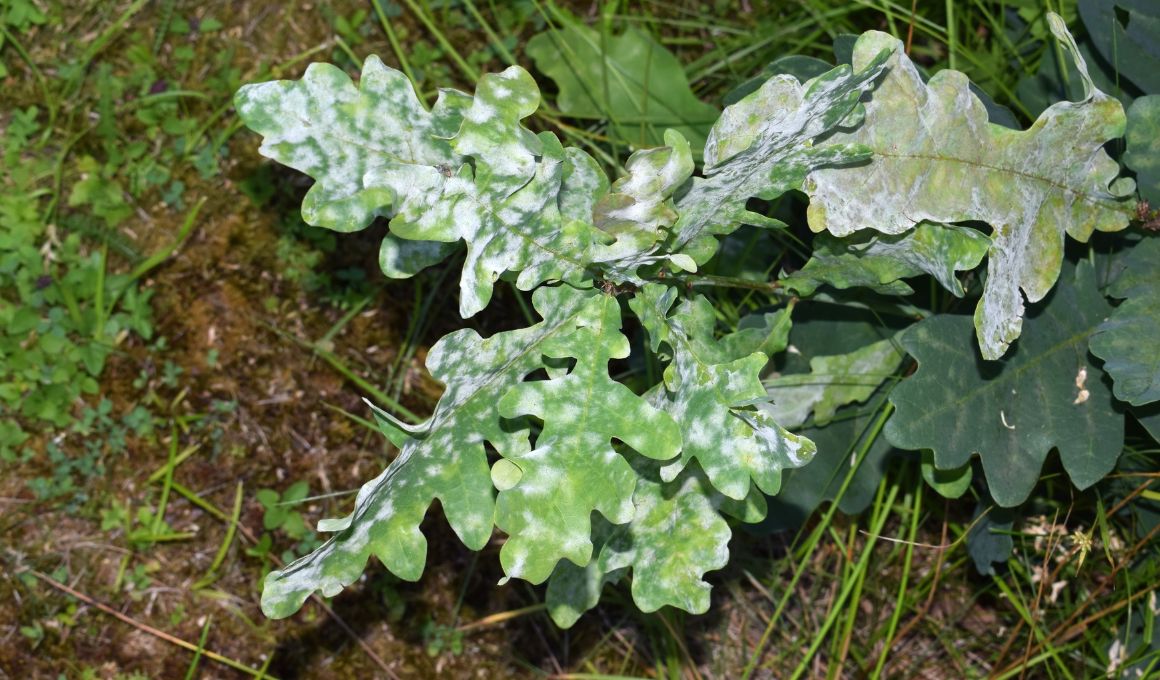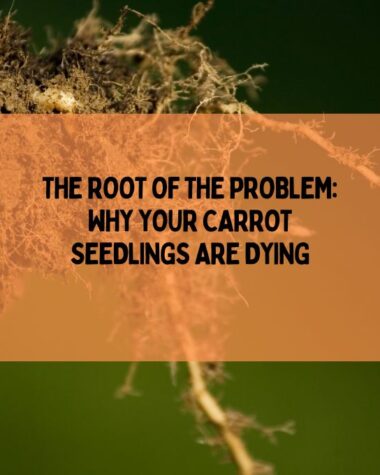Prevent and manage powdery mildew carrot with these effective strategies. That includes cultural practices, chemical treatments, biological control options, and rotation practices to keep crops healthy and productive.
Powdery mildew is a common fungal disease that affects a wide range of plants, including carrots. It is characterized by the appearance of a white, powdery coating on the leaves, stems, and fruits of affected plants.
Powdery mildew on carrots can significantly reduce crop yield and quality, making it a vital disease to control.
In this article, I will discuss the causes, symptoms, and treatment of powdery mildew carrot. If left untreated, powdery mildew can cause significant damage to the crop and reduce the yield.
Causes of Powdery Mildew Carrot

Powdery mildew carrot is caused by the fungus Erysiphe polygoni. This fungus spreads through spores carried by wind and water, infecting plants by penetrating their outer layers.
The fungus thrives in humid, warm conditions and is most likely to infect plants with low air circulation and high humidity.
Symptoms of Powdery Mildew of Carrot
The symptoms of powdery mildew carrot are relatively easy to recognize. They include the appearance of white or grayish powdery patches on the leaves, stems, and fruits of affected plants.
These patches may spread and merge over time, covering larger areas of the plant. Additionally, the leaves may become distorted or discolored. The plant may experience stunted growth and reduced yield.
Related Read
- The Ultimate Guide To Cucumber Pests and Diseases
- How to Find, Prevent, and Treat Zucchini Plant Problems?
- 10 Tomato Diseases – How to Recognize, Treat, and Prevent?
Life Cycle of Powdery Mildew Carrot
The life cycle of powdery mildew on carrots starts when the fungus spores land on a susceptible plant. The spores then germinate and form thread-like structures called hyphae. These penetrate the plant’s outer layers and grow.
The hyphae produce more spores, then spread to other plants by wind and water. This cycle can repeat itself multiple times throughout the growing season, rapidly spreading powdery mildew.
Factors that Promote the Growth of Powdery Mildew on Carrot

Several factors can promote the growth of powdery mildew on carrots. These include high humidity, warm temperatures, low air circulation, and plant stress.
Additionally, specific varieties of carrots may be more susceptible to powdery mildew than others. Overcrowded plants planted too closely together may be more vulnerable to infection.
Other factors contributing to powdery mildew development on carrots include poor soil quality, insufficient nutrition, and improper watering techniques.
Also, Read
- The Management Of Carrot Cotton Root Rot And Its Treatment
- The Ultimate Guide To Recognizing And Managing Cercospora Leaf Blight In Carrots
- Can You Grow Carrots? / What Are Some Common Carrot Varieties?
Prevention of Powdery Mildew Carrot
There are several ways to prevent powdery mildew on carrots, including cultural practices, chemical treatments, biological control options, and effective rotation practices.
- Cultural Practices
Cultural practices that can help prevent powdery mildew on carrots include crop rotation, proper irrigation, and good air circulation. Crop rotation involves planting carrots in different areas of the garden each year, which can reduce the buildup of pathogens in the soil.
Proper irrigation involves avoiding overhead watering, creating humid conditions ideal for powdery mildew to thrive. Good air circulation can be achieved by adequately spacing plants and pruning leaves, blocking airflow.
- Chemical Treatments
Chemical treatments can be used to prevent powdery mildew on carrots, including fungicides that are specifically designed to target the fungus that causes the disease.
However, it is essential to follow the manufacturer’s instructions carefully, as overuse of chemicals can adversely affect the environment and beneficial insects in the garden.
- Biological Control Options
Biological control options for powdery mildew on carrots include using beneficial insects such as ladybugs and lacewings, which prey on the insects that spread the disease. Additionally, certain fungi and bacteria can be used as biocontrol agents to combat powdery mildew.
- Effective Rotation Practices
Effective rotation practices involve planting different crops in different areas of the garden each year to prevent the buildup of pathogens in the soil. This can help reduce the likelihood of powdery mildew developing on carrots and other diseases.
Conclusion
Powdery mildew can be a severe problem for carrot growers. Still, it can be prevented and managed by combining cultural practices, chemical treatments, biological control options, and effective rotation practices.
Taking a proactive approach to prevent and manage powdery mildew on carrots is essential, as the disease can significantly impact crop yield and quality.
By following best practices and implementing a comprehensive disease management plan, farmers and gardeners can maintain healthy and productive carrot crops while minimizing the risks associated with powdery mildew.
Happy Gardening!







